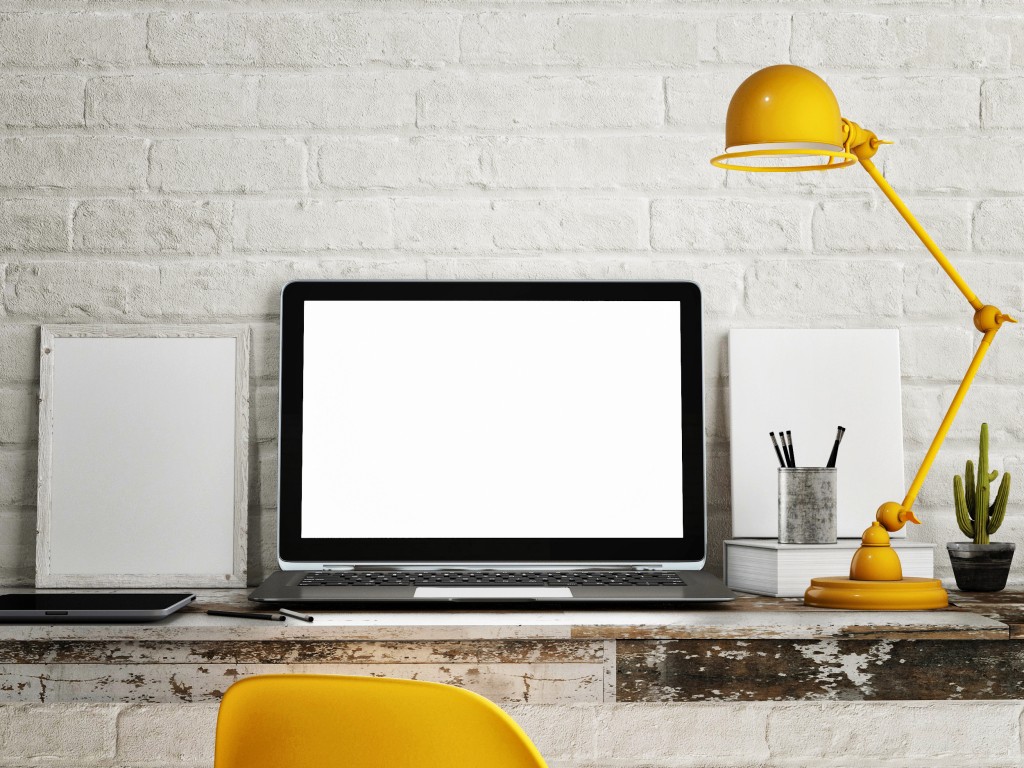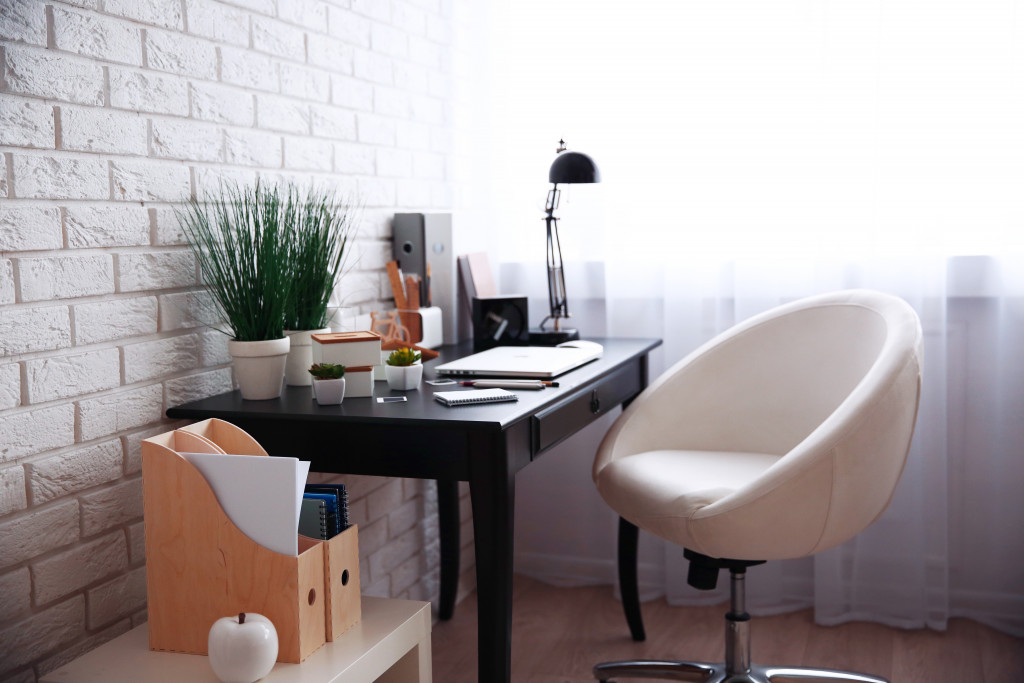One of the biggest challenges of working from home is the presence of distractions around you. Sure, there are also many distractions in the workplace (chatty co-workers, ringing telephones, social media), but there are more of them present at home. Neighborhood noise, family members, pets, and electronics are just some of the things that can distract you from work, effectively reducing your productivity and maybe even getting in the way of your personal life.
Having a home office is a great way to minimize these distractions. However, not all of us have a spare room to create a home office, let alone the budget to fully furnish one. If this is the case for you, don’t worry; there are still a lot of ways you can make your home more conducive to work, starting with the following.
Find a great spot
Even if you don’t have a spare room to turn into your home office, you can still dedicate an area of your home to work, perhaps a corner in your bedroom or the space between the kitchen and the living room. Ideally, it will be the quietest spot in your home, away from the high foot traffic areas, and with lots of natural light.
Look for cheap furniture
If you don’t have office furniture yet, look for affordable options online or at furniture stores. Moreover, try to time your purchase when there are sales so that you can furnish your workspace for less.
Start with the basics, such as a desk, an office chair, and some pieces for storage (shelves, drawers, cabinets, etc.). If you have more space and budget, you should also consider making a sofa purchase to have somewhere comfortable to do your work when you get tired of sitting in your chair.
Install plenty of lighting

Natural light is the best type of light to create a work-conducive environment. But if you don’t have the luxury of having a south-facing apartment or work well into the night, it’s best that you have plenty of lighting to keep you focused while working after sunset.
Choose warm, yellow lights instead of white lights to create a calming and inviting environment. White lights can be too harsh on the eyes, which can increase eye strain as well as anxiety.
Set a ‘work only’ zone
When creating your workspace at home, deem it as a ‘work only’ zone from here on out. Since you don’t have an office where you can close the door and block everything out, you should enforce strict rules around your workspace, starting by declaring it as a ‘work only’ zone both to yourself and the people you live with.
In doing so, it’s easier to remain productive because you associate that space with work and work only. Compared to working in front of the TV or at the kitchen table, working in a designated space helps maintain your focus and separate your personal life. More importantly, having a ‘work only’ zone makes it easier for you to “leave” work when the day is done, which is crucial in maintaining a work-life balance at home.
Embrace minimalism
Unless you work best with a cluttered desk, keep your workspace free from clutter and everything that is unnecessary to your work. A great way to achieve this is by embracing minimalism, wherein your workspace only contains what you need and in the right amount. Not only will minimalism help you concentrate on your work, but it will also help you save time by allowing you to find things easily because you’re not surrounded by clutter.
Creating a work-conducive environment at home even without an office is very well possible. With these tips, you can create your very own workspace at home that will help you stay productive, focused, and motivated with your work.

